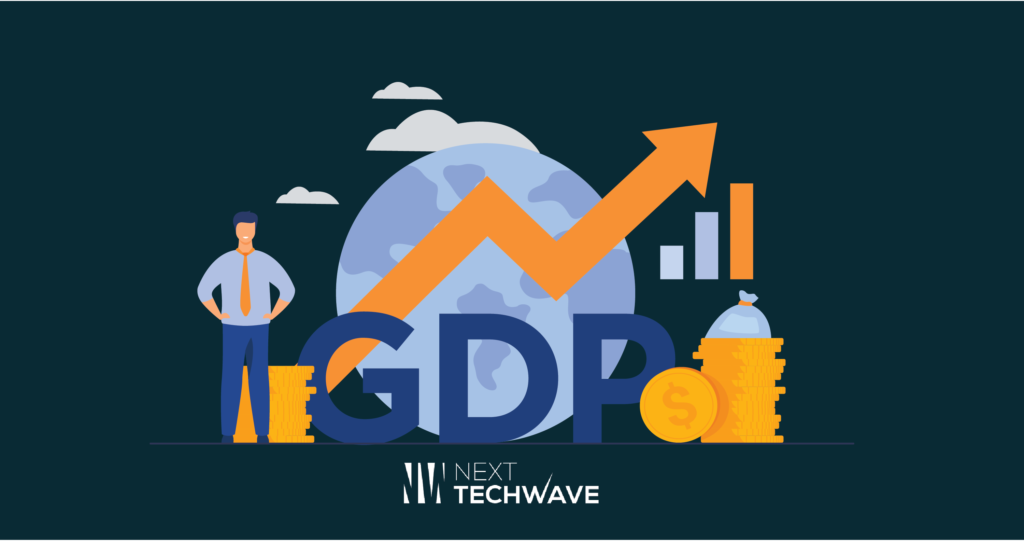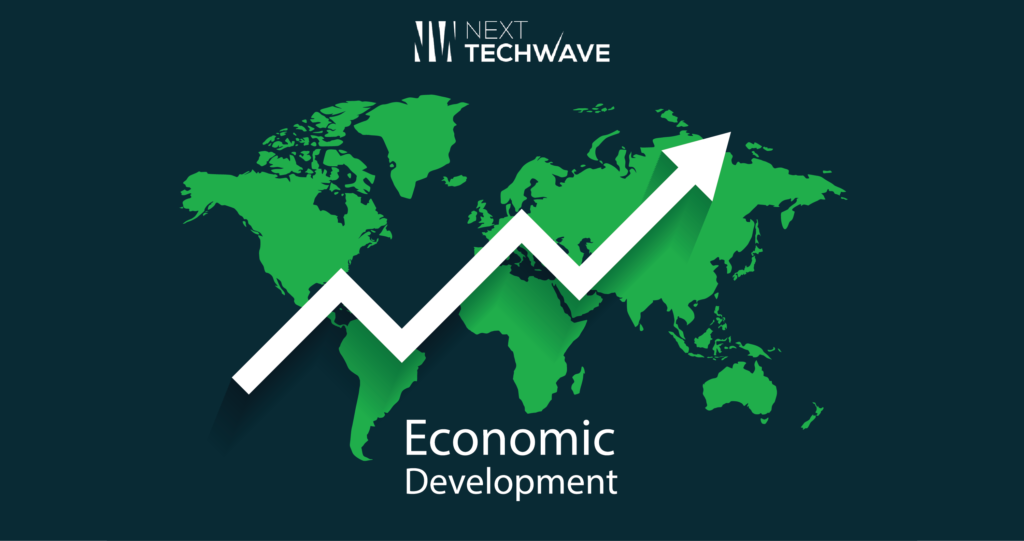Table of Contents
Economic Development
Economic progress encompasses a diverse array of endeavors geared towards enhancing the financial prosperity and overall living standards within a community. It involves the sustained growth of an economy, the reduction of poverty, and the
enhancement of living standards. This article delves into the concept of economic development, its significance, key indicators, influencing factors, strategies, successful models, challenges, and the role of international organizations.
What is Economic Development?
Industrial development refers to the continuous improvement of a nation’s
economic, social, and political well-being. It goes beyond mere economic growth and encompasses various aspects such as education, healthcare, infrastructure, and environmental sustainability. The ultimate goal is to create an inclusive and prosperous society where every individual has access to opportunities for growth
and development.
The Importance of Economic Development
Economic development plays a pivotal role in uplifting communities and driving progress. When economies prosper, they generate more resources that can be invested in essential services like education and healthcare. This, in turn, leads to a better-educated and healthier workforce, resulting in increased productivity and innovation.
Furthermore, economic development fosters social stability and reduces the risk of conflicts and instability within and between countries. It also promotes international cooperation and trade, enhancing global prosperity.
Key Indicators of Economic Development
Measuring Industrial development requires analyzing various indicators that provide insight into a country’s economic health. Some of the primary indicators include:
Gross Domestic Product (GDP)
GDP measures the total value of all goods and services produced within a country’s borders during a specific period. It is a critical metric for assessing economic growth and output.

Employment Rates
Low unemployment rates signify a robust job market and a productive workforce, indicating a healthy economy.
Standard of Living
The standard of living reflects the overall quality of life in a nation, considering factors like income, access to healthcare, education, and housing.
Human Development Index (HDI)
The HDI is a composite index that measures a country’s average achievements in three key dimensions: health, education, and standard of living. It provides a more comprehensive view of development beyond economic indicators.
Factors Affecting Economic Development
Numerous factors influence a country’s economic development. Some of the
significant ones include:
Political Stability and Good Governance
Stable political environments with transparent and effective governance are
essential for attracting investments and promoting economic growth.
Infrastructure and Technology
Modern infrastructure and access to technology facilitate the movement of goods and services, boost productivity, and attract foreign investment.
Education and Human Capital
Investments in education and skill development enhance the capabilities of the workforce, leading to higher productivity and innovation.
Natural Resources and Geography
Abundance and effective utilization of natural resources can fuel economic growth, while geographic factors may impact trade and connectivity.
Trade and Globalization
Engaging in international trade and participating in the global economy can open up new markets and opportunities for growth.

Strategies for Sustainable Economic Development
Sustainable economic development is a multifaceted goal that involves balancing economic growth with social well-being and environmental stewardship. Implementing effective strategies is crucial to achieving a harmonious and lasting impact. Here are key strategies for sustainable economic development:
1.Green Infrastructure Investments:
Prioritize investments in eco-friendly infrastructure, such as renewable energy projects, energy-efficient buildings, and sustainable transportation. This not only reduces environmental impact but also promotes long-term cost savings and resilience.
2.International Collaboration
Foster collaboration with other nations, organizations, and global initiatives dedicated to sustainable development. Shared knowledge, resources, and best practices can amplify the impact of sustainable economic strategies on a global scale.
3.Innovation and Technology Adoption:
Embrace innovation and technology as drivers of sustainable development. Encourage research and development in green technologies, digital solutions, and sustainable practices that enhance productivity while minimizing environmental harm.
4.Regulatory Frameworks for Sustainability
Develop and enforce regulatory frameworks that incentivize sustainable practices and penalize environmentally harmful activities. Clear and stringent regulations create a level playing field and guide businesses toward more sustainable operations.
5.Education and Workforce Development:
Invest in education and workforce development programs to equip individuals with the skills needed for emerging green industries. A knowledgeable and skilled workforce is essential for driving innovation and competitiveness in a sustainable economy.
Case Studies: Successful Economic Development Models
Several countries have achieved remarkable economic development. Let’s explore some successful models:
Singapore’s Economic Miracle
Singapore transformed itself from a developing nation to a high-income economy in just a few decades through visionary leadership and a focus on education, trade, and innovation.
Dubai’s Transformation
Dubai’s Industrial development was fueled by diversifying its economy beyond oil, investing in infrastructure, and becoming a global hub for trade and tourism.
South Korea’s Rapid Growth South Korea’s economic development was driven by strategic planning, heavy
investments in education and technology, and a strong export-oriented approach.
The Nordic Model
The Nordic countries (Denmark, Finland, Sweden, Norway, Iceland) emphasize social welfare, education, and innovation, leading to high living standards and low income inequality.
Challenges in Economic Development
Despite progress, Industrial development faces several challenges:
Income Inequality
Rapid economic growth can exacerbate income disparities, leaving some segments of society behind.
Environmental Sustainability
Unsustainable development practices can harm the environment, leading to
long-term negative consequences.
Corruption and Bureaucracy
Corruption and bureaucratic inefficiencies can hinder economic growth and discourage investments.
Population Growth and Urbanization
Managing population growth and urbanization require careful planning to avoid overburdening resources.
The Role of International Organizations in Economic
Development
Various international organizations work to promote economic development globally:
The World Bank
The World Bank provides financial and technical assistance to developing countries to support projects that foster economic growth and reduce poverty.
International Monetary Fund (IMF)
The IMF offers financial advice and assistance to member countries facing
economic challenges.
United Nations (UN) Agencies
Various UN agencies focus on specific aspects of economic development, such as education, healthcare, and food security.
Conclusion: Shaping the Future
As we navigate the complexities of economic development, it becomes evident that it is not a one-size-fits-all journey. Each nation must carve its unique path, considering its cultural, social, and economic context. The quest for economic development is a dynamic and ongoing process, shaped by the choices we make today and the vision we have for tomorrow. In empowering progress, we sculpt a future where the fruits of economic development are not just measured in currency but in the enhanced well-being and fulfillment of societies worldwide.
FAQs (Frequently Asked Questions)
1.What is the main goal of economic development?
● The main goal of Industrial development is to improve the economic
well-being and quality of life for a society by fostering sustained
growth, reducing poverty, and enhancing living standards.
2.How long does it take for a country to achieve Industrial development?
● The timeline for achieving economic development varies depending on
the country’s starting point, policy framework, and external factors. It
can take decades of sustained efforts.
3.Can small countries achieve significant Industrial development?
● Yes, small countries can achieve significant economic development by
focusing on their unique strengths, leveraging technology, and
engaging in global trade.
4.What are some common obstacles to Industrial development?
● Common obstacles to Industrial development include income
inequality, environmental challenges, corruption, and inadequate
infrastructure.
How can individuals contribute to Industrial development?
● Individuals can contribute to Industrial development by participating in
the workforce, pursuing education and skill development, and
supporting local businesses and entrepreneurship.







